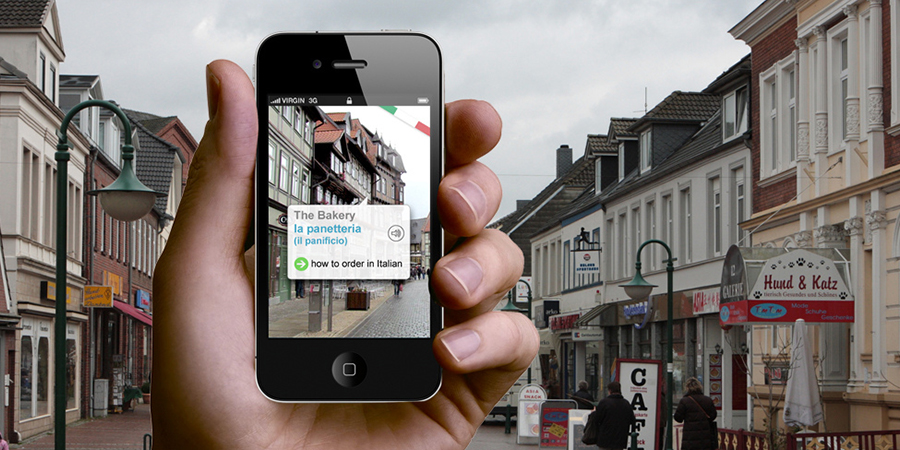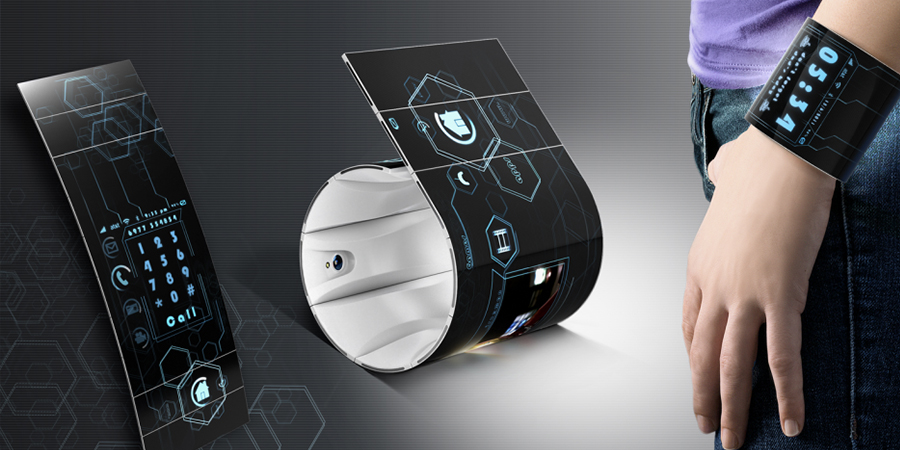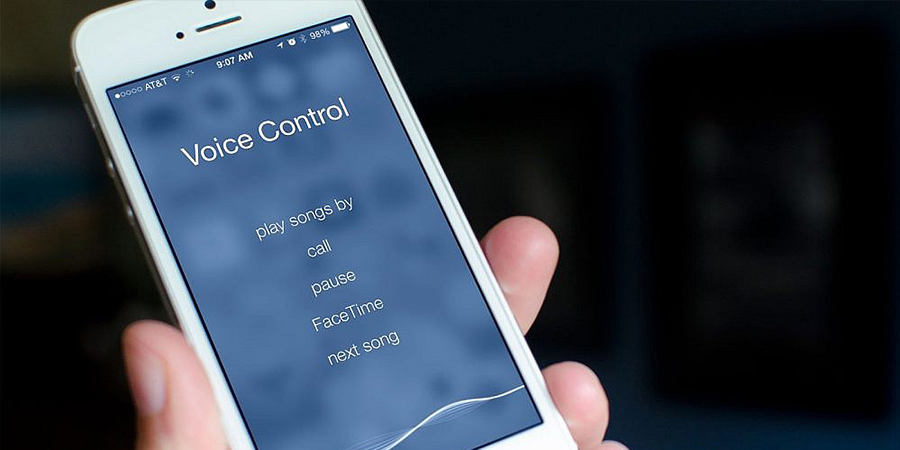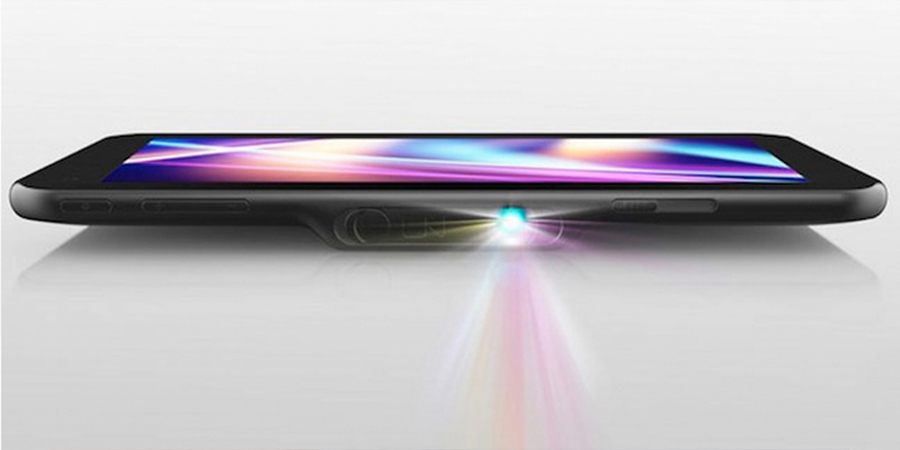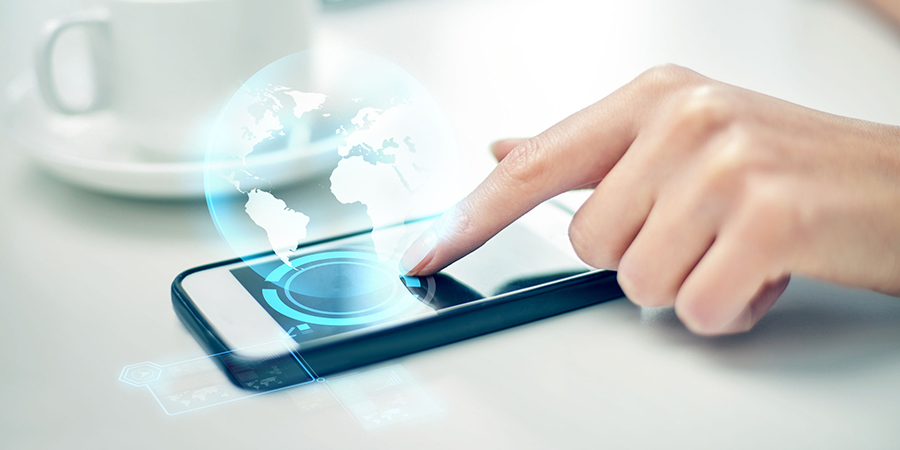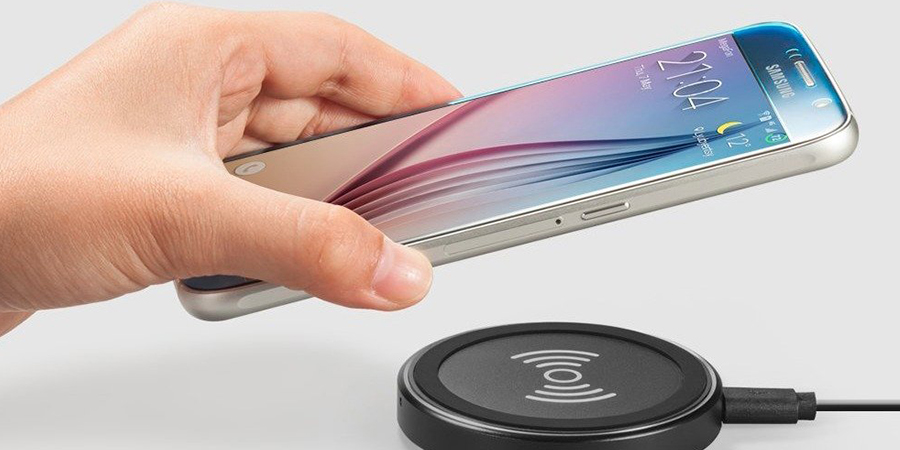The total number of smartphone users worldwide for 2016 was estimated at 2.32 billion. By 2020 the number is expected to be over 2.8 billion.The United States is one of the major markets for the smartphone industry. The number of smartphone users in the U.S. is forecasted to increase to 236 million by 2019. Google’s Android and Apple’s iOS are the two most popular smartphone operating systems in the industry. The leading smartphone vendors are Samsung and Apple, followed by Huawei, Lenovo, and Xiaomi. It is assumed that by 2020 on average over 90 percent of electronic communication between humans will be managed via smartphone.
But how will the smartphone of the future look like? Which exiting new features can we expect soon? Here is a small foretaste.
written by:
Anton Rykov
Product Manager, Qulix Systems
The total number of smartphone users worldwide for 2016 was estimated at 2.32 billion. By 2020 the number is expected to be over 2.8 billion.The United States is one of the major markets for the smartphone industry. The number of smartphone users in the U.S. is forecasted to increase to 236 million by 2019. Google’s Android and Apple’s iOS are the two most popular smartphone operating systems in the industry. The leading smartphone vendors are Samsung and Apple, followed by Huawei, Lenovo, and Xiaomi. It is assumed that by 2020 on average over 90 percent of electronic communication between humans will be managed via smartphone. But how will the smartphone of the future look like? Which exiting new features can we expect soon? Here is a small foretaste.
1. Augmented Reality
Usually used in a computer context, the AR is perfectly suitable for smartphones. Navigating with a smartphone camera to an object, you can get any information, e.g., on the nearest restaurants or tourist attractions.
However, the technology currently is not mature enough: it will take time till the recognition accuracy will reach the standard that will enable a smooth and seamless work on smartphones.
2. Flexible screen
Some experts consider so-called flexible smartphone screens as one of the next features. Due to the present OLED technology, smartphone screens, e.g. of LG and Samsung, can be bent without breaking. But this is just the beginning.
In the coming future, smartphones that can be wrapped around a wrist or a bike handlebar are considered to become a big trend.
3. Voice control
The devices in the coming years are expected to be operated by a voice command. For instance, a well-functioning voice control is a useful and indispensable feature for people who are visually impaired. Currently, it is still unusual or even weird to ‘talk to’ a smartphone. The development in this area, however, goes ahead, as such devices as Smart Glasses hardly work without a voice command.
4. In-built projector
It is also predicted that the smartphone of the future will have an in-built projector. A faster typing will be enabled due to a keyboard projector that projects a 10-finger-keyboard in front of the device.
An in-built projector will turn a smartphone into a gaming console that requires just a flat surface. The integrated camera and voice commander of smartphone will capture body movements and voice allowing interaction with objects on the projected screen.
5. 3D screen and holograms
After 3D technology that is currently represented in some smartphone models of LG, Motorola, and Samsung, the experts predict that the next movement will be towards holographic projections. What does it mean for the future? Digital objects floating above a display will provide interactive 3D video viewing, life like product displaying for online shopping, easier navigation in a complex traffic system, and much more.
6. Wireless charger
According to a survey, a longer battery life is the most wanted smartphone feature. The good news is, the experts are quite sure that mobile devices by 2020 won’t need any cable connection. The battery will be charged by a charging stand or even an inductive remote charger to be used from a distance of 3 meters. The entire communication will be done via WiFi and Bluetooth.

Contacts
Feel free to get in touch with us! Use this contact form for an ASAP response.
Call us at +44 151 528 8015
E-mail us at request@qulix.com



